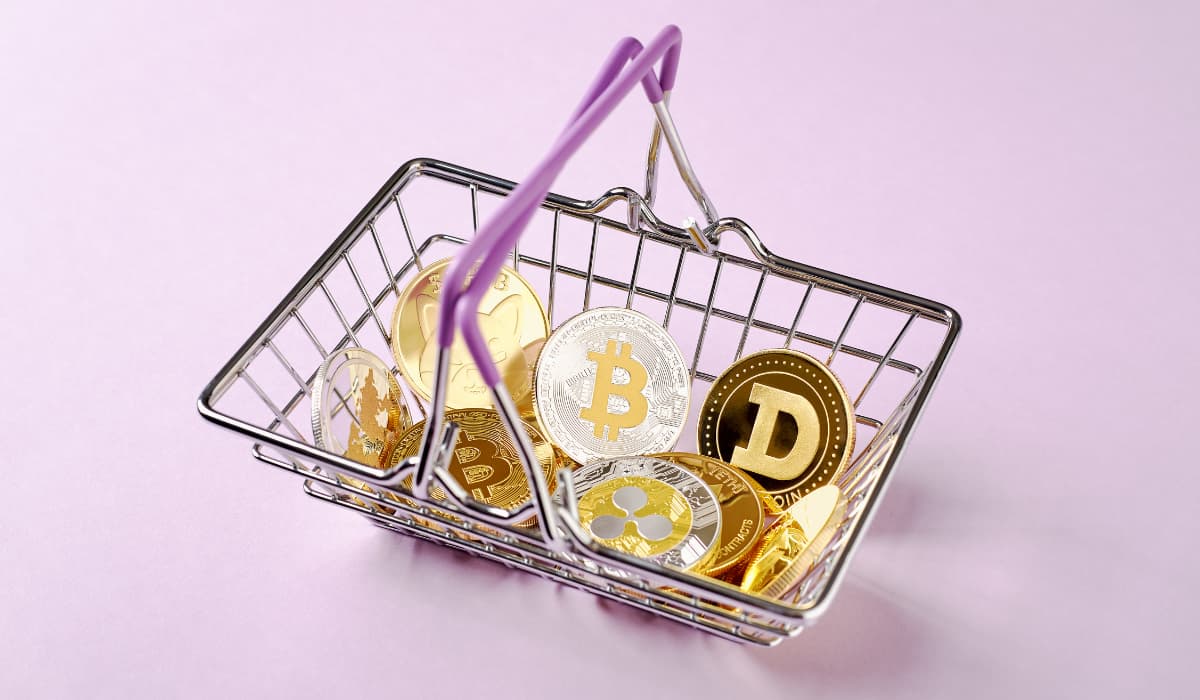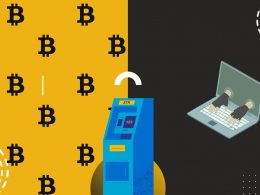Altcoins, or alternative cryptocurrencies, diversify the crypto landscape, offering investors options beyond Bitcoin and influencing market dynamics. Their innovation and competition contribute to the evolution and maturation of the broader cryptocurrency ecosystem.
Alternative coins, or just shortly called altcoins, are a new trend in the crypto world. Evolving from the success of Bitcoin, these guys became an important part of the digital economic systems.
From their versatility and uniqueness to utility, there are many interesting things hidden behind the simple name of altcoins, and today, LI.FI is introducing you to the beginning, rise and bright future of altcoins. Let’s dive into it!
The genesis and evolution of altcoins
The term “altcoin” is derived from “alternative coin”. The name represents many different cryptocurrencies that were introduced thanks to Bitcoin.
Although it was a revolutionary project that sky-rocketed digital economics and created a big online trading trend, some individuals saw potential outside of it. That’s when the altcoins jumped on the scene. Their goal was clear – to give people everything Bitcoin wasn’t designed to.
Altcoins forever changed the concept of cryptocurrency. Thanks to it, we don’t just see digital cash when discussing crypto. The most famous altcoin is Ethereum. It introduced smart contracts and levelled up the security systems of DeFi. Celer Network gave us cbridge, and Monero gave us a privacy-oriented coin, Monero.
These coins operate on varied blockchain technologies and consensus mechanisms, representing the versatility and adaptability of cryptocurrencies. As a result, the altcoin market has become a colourful and dynamic component of digital finance, continuously evolving with new ideas and innovations.
Altcoins in today’s crypto marketplace
In the current cryptocurrency market, altcoins contribute significantly to the market’s diversity and liquidity. While some altcoins aim to function as digital currencies for daily transactions, others are designed to support specific blockchain-based applications and systems. Since there are so many different altcoins, investors can move away from Bitcoin and find potential hidden treasures in different currencies.
While full of potential, the altcoin market has its set of challenges. Most altcoins do not match Bitcoin in terms of market capitalization. This often leads to greater sensitivity to market shifts and more pronounced fluctuations in value. This environment offers a double-edged sword for investors. The potential for significant financial gains is there, but so is the risk of notable losses.
Additionally, the altcoin sector is characterised by its constant change. New tokens appear frequently, while others gradually lose relevance. We recommend you keep a constant eye on the events in the crypto world. This way you won’t miss the hot deals or big drops, and it will help you in choosing the best altcoins.
Conclusion
In wrapping up, it’s clear that altcoins represent more than just alternatives to Bitcoin. They are a dynamic and integral component of the broader cryptocurrency ecosystem, representing innovation and presenting a diverse range of digital financial solutions.
Altcoins open up new doors to investors. They are a great way to escape the mainstream currencies and explore new innovations in the world of crypto. Keeping up with the news of the community and the market will be of great help for navigating these waters, as they will serve as a compass to the new good deals.
For those engaged in the world of cryptocurrencies, exploring the depths of altcoins is crucial to successfully maneuvering through this diverse and ever-evolving domain.









